Home>Garden Essentials>How To Plant Myrtle Ground Cover
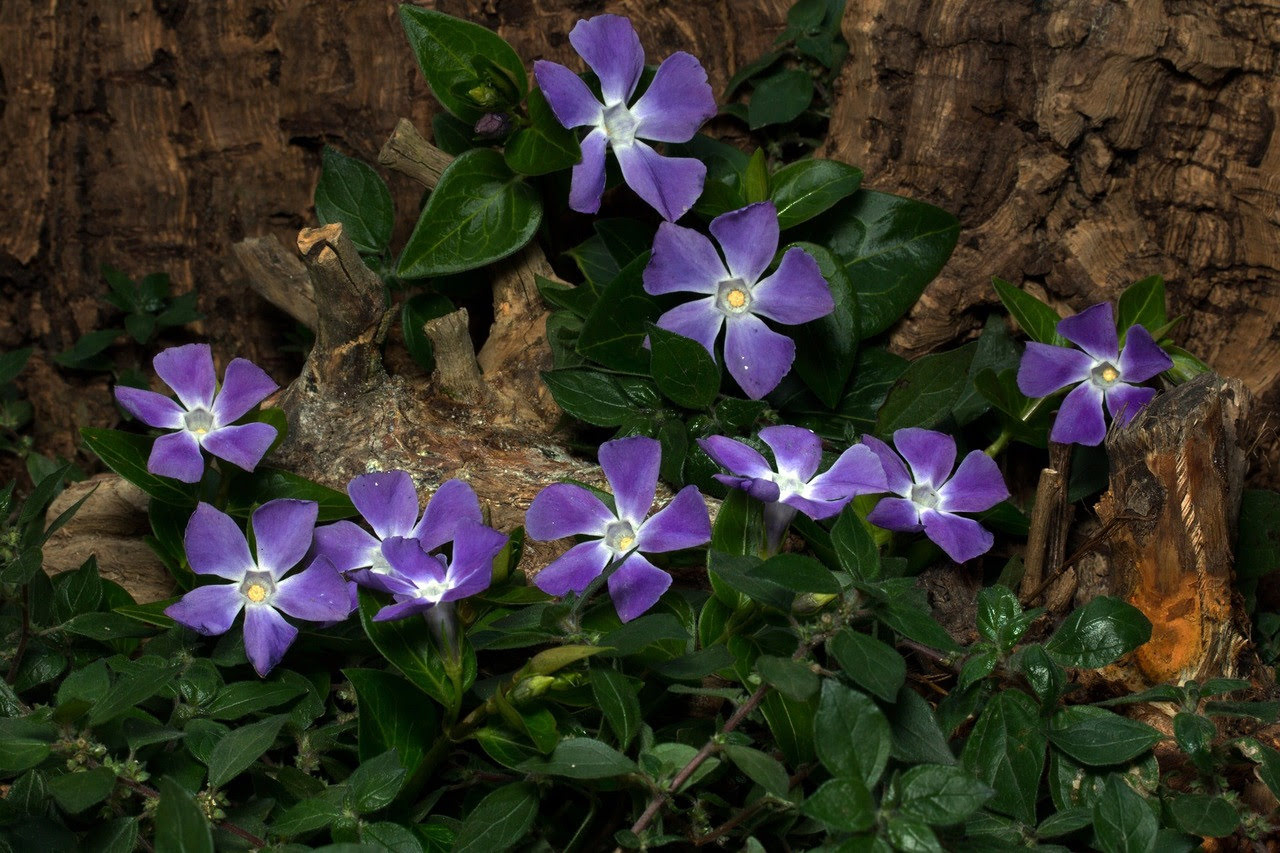

Garden Essentials
How To Plant Myrtle Ground Cover
Modified: March 15, 2024
Learn how to plant myrtle ground cover in your garden with our step-by-step guide. Transform your outdoor space with this beautiful and low-maintenance ground cover.
(Many of the links in this article redirect to a specific reviewed product. Your purchase of these products through affiliate links helps to generate commission for Storables.com, at no extra cost. Learn more)
Introduction
Welcome to the world of myrtle ground cover! If you’re looking to add beauty, functionality, and easy maintenance to your garden, myrtle ground cover is an excellent choice. With its dense, low-growing foliage and delicate blossoms, myrtle provides a lush carpet that can transform any landscape into a vibrant and inviting space.
In this article, we will guide you through the process of planting myrtle ground cover step by step, ensuring that you have all the knowledge and information you need to succeed. From selecting the right location to caring for your myrtle plants once they are established, we will cover everything you need to know to create an enchanting and thriving myrtle ground cover.
But before we dive into the details, let’s take a moment to understand why myrtle is such a popular choice for ground cover. Besides its stunning aesthetic appeal, myrtle offers numerous benefits for both your garden and the environment. With its dense growth habit, myrtle ground cover helps to suppress weeds, reduce soil erosion, and create a natural barrier that prevents pests from taking hold in your garden. Additionally, myrtle plants are known to attract beneficial insects, such as bees and butterflies, which play a crucial role in pollination.
Whether you’re a seasoned gardener or a novice looking to take your first steps into the world of gardening, myrtle ground cover is a great choice. Its versatility and adaptability make it suitable for various climates and soil types. Plus, its low-maintenance nature means that once established, myrtle requires minimal care, making it an ideal option for busy gardeners.
So let’s get started on this exciting journey of creating a beautiful and vibrant garden with myrtle ground cover. Follow along with the following steps and tips, and soon you’ll be enjoying the lush foliage and delicate blooms that myrtle has to offer.
Key Takeaways:
- Myrtle ground cover is a versatile, low-maintenance option that adds beauty and functionality to any garden. It helps suppress weeds, attracts beneficial insects, and thrives in various climates and soil types.
- Proper soil preparation, careful variety selection, and attentive care are essential for successfully planting and maintaining myrtle ground cover. With the right steps and knowledge, you can create a vibrant and thriving garden space.
Read more: How To Remove Myrtle Ground Cover
Step 1: Selecting a Suitable Location
The first step in successfully planting myrtle ground cover is selecting a suitable location in your garden. Myrtle thrives in areas that receive full to partial sunlight, so it’s important to choose a spot that provides the right amount of light for optimal growth. Ideally, aim for a location that receives at least 4-6 hours of direct sunlight per day.
In addition to sunlight, it’s important to consider the soil conditions of the area. Myrtle prefers well-draining soil that is rich in organic matter. If your soil is heavy or compacted, you may need to amend it by adding compost or organic matter to improve its drainage and nutrient content. Proper soil preparation is essential for the long-term health and vitality of your myrtle ground cover.
Another factor to consider when choosing a location is the proximity to other plants. Avoid planting myrtle ground cover near trees or large shrubs that may compete for nutrients or shade the myrtle plants, as this can hinder their growth. Allow sufficient space between myrtle plants and other garden elements to ensure they have room to spread and flourish.
Lastly, consider the aesthetic aspect of the location. Myrtle ground cover can add visual interest to various areas of your garden, including borders, slopes, or even as a filler between stepping stones. Take into account the overall design and layout of your garden and select a location that complements the existing elements and enhances the overall appeal of the space.
By carefully choosing a suitable location for your myrtle ground cover, you are setting the stage for its successful establishment and growth. Once you have selected the perfect spot, you can move on to the next step: preparing the soil.
Step 2: Preparing the Soil
Proper soil preparation is essential for the healthy growth of myrtle ground cover. Before planting, it’s important to ensure that the soil is well-prepared and provides the necessary nutrients and drainage for the plants.
Start by removing any weeds, rocks, or debris from the planting area. These can impede the growth of myrtle and compete for nutrients. Use a garden fork or rake to loosen the soil, allowing for better air circulation and root penetration.
Next, assess the soil’s drainage. Myrtle prefers well-draining soil, so if your soil is heavy or tends to retain water, you may need to improve its drainage. One way to do this is by adding organic matter such as compost, leaf mold, or well-rotted manure. These additions will help improve soil structure, promote drainage, and provide essential nutrients for the growing plants.
If your soil is excessively sandy and drains too quickly, you can improve water retention by adding organic matter, such as peat moss or coconut coir. These amendments will help retain moisture in the soil and prevent rapid drainage.
Once you have amended the soil, use a garden rake or hoe to mix the organic matter evenly throughout the planting area. This will ensure that the nutrients are distributed uniformly and will provide a favorable environment for the myrtle ground cover to thrive.
It’s also a good idea to conduct a soil pH test. Myrtle prefers slightly acidic to neutral soil, with a pH range of 6.0 to 7.0. You can find soil testing kits at your local garden center or consult with a professional for a more accurate analysis. If the pH of your soil is outside the desired range, you can adjust it by adding amendments such as sulfur to lower the pH or lime to raise it.
By taking the time to properly prepare the soil, you are creating a favorable environment for your myrtle ground cover to establish strong roots and thrive. With the soil ready, you are now ready to move on to the next step: choosing the right myrtle ground cover variety.
Step 3: Choosing the Right Myrtle Ground Cover Variety
When it comes to myrtle ground cover, there are several different varieties to choose from, and selecting the right one for your garden is important for successful and satisfying results. Here are some factors to consider when choosing the right myrtle ground cover variety:
- Climate: Consider the climate of your region and choose a myrtle variety that is suitable for your specific climate. Some varieties are more cold-hardy, while others thrive in warmer climates. Checking the hardiness zone recommendations for each variety will help ensure that you select a myrtle ground cover that can thrive in your area.
- Growth habit: Different myrtle varieties have varying growth habits, including spreading, trailing, or clumping. Consider the intended purpose of your ground cover and choose a variety that best fits your needs. For example, if you want to use myrtle as a dense, low-growing carpet, look for a spreading variety. If you prefer a more compact and mounding form, choose a clumping variety.
- Leaf color and texture: Myrtle ground cover comes in a range of leaf colors, including shades of green, gold, and variegated patterns. Consider the overall aesthetic of your garden and choose a variety that complements the existing plants and design. Additionally, pay attention to the leaf texture, as some varieties may have smoother or more textured foliage.
- Blooms: While myrtle ground cover is valued for its foliage, some varieties also produce beautiful blooms. If you desire a splash of color in your garden, choose a variety that offers abundant and attractive flowers. The blooms can range in color from white to pink, adding a charming touch to your landscape.
- Maintenance requirements: Consider your desired level of maintenance for your myrtle ground cover. Some varieties require more pruning or trimming to maintain their shape, while others are more low-maintenance and require minimal care. Choose a variety that aligns with the amount of time and effort you are willing to invest in its upkeep.
Take the time to research and explore the different myrtle varieties available in your local nurseries or online. Read reviews, consult with gardening experts, and consider the specific needs and goals of your garden. This will ensure that you choose the right myrtle ground cover variety that not only thrives in your garden but also enhances its overall beauty and appeal.
Once you have selected the perfect myrtle variety, you are ready to move on to the next step: planting the myrtle ground cover.
Step 4: Planting the Myrtle Ground Cover
Now that you have the perfect location, prepared soil, and chosen the right myrtle ground cover variety, it’s time to get your hands dirty and start planting. Follow these steps to ensure a successful planting process:
- Prepare the planting holes: Dig holes in the prepared soil that are slightly larger than the root balls of the myrtle plants. Make sure to space the holes according to the recommended spacing for your specific variety. This will allow the plants to spread and fill in the desired area.
- Remove the plants from their containers: Gently remove the myrtle plants from their nursery containers, being careful not to damage the roots. If the roots appear compacted or tangled, gently loosen them with your fingers to promote healthy root growth.
- Place the plants in the holes: Set the myrtle plants into the prepared holes, ensuring that the top of the root ball is level with or slightly above the surrounding soil. This will prevent water from pooling around the plant’s base and encourage proper drainage.
- Backfill and firm the soil: Fill the holes with the prepared soil mixture, gently firming it around the roots to eliminate air pockets. Avoid packing the soil too tightly, as this can hinder root development. Once filled, create a slight depression around the plant’s base to help retain water during the establishment phase.
- Water thoroughly: Give your newly planted myrtle ground cover a good drink of water to settle the soil and provide hydration to the roots. Water deeply and evenly to ensure that the moisture reaches the root zone. After the initial watering, continue to monitor the soil moisture and water as needed to keep it consistently moist but not waterlogged.
It’s important to note that the timing of planting myrtle ground cover can vary depending on your region and climate. Generally, spring and fall are the ideal seasons for planting, as the weather is cooler and provides a favorable environment for root establishment. However, check the specific recommendations for your chosen myrtle variety to ensure that you are planting at the optimal time.
Once you have planted your myrtle ground cover, move on to the next step: watering and mulching.
When planting myrtle ground cover, make sure to choose a well-drained location with partial to full sun. Space the plants about 12-18 inches apart and water regularly until established. Apply a layer of mulch to help retain moisture and suppress weeds.
Read more: When To Plant Ground Cover Plants
Step 5: Watering and Mulching
After planting your myrtle ground cover, proper watering and mulching are crucial for establishing healthy plants and ensuring their long-term success. Follow these guidelines to provide optimal care:
- Watering: During the initial establishment phase, it’s important to keep the soil consistently moist. Water your myrtle ground cover deeply, allowing the water to penetrate the root zone. Avoid overwatering, as this can lead to root rot or other moisture-related issues. As the plants become established, gradually reduce the frequency of watering while ensuring the soil remains evenly moist.
- Mulching: Apply a layer of organic mulch around your myrtle plants to help conserve soil moisture, suppress weed growth, and regulate soil temperature. Mulch also acts as a barrier, protecting the roots from extreme temperature fluctuations. Use organic materials such as wood chips, bark mulch, or shredded leaves, and spread a 2-3 inch layer around the plants, leaving space around the stem to prevent excess moisture accumulation.
- Watering and mulching tips: Water your myrtle ground cover in the early morning or evening when temperatures are cooler, as this allows the water to penetrate the soil before it evaporates. Avoid overhead watering, as it can encourage disease and fungus growth. Additionally, periodically check the moisture level of the soil to ensure it remains adequately hydrated but not waterlogged.
Remember that the watering needs of myrtle ground cover can vary depending on factors such as climate, soil type, and rainfall. Adjust your watering schedule accordingly to meet the specific needs of your plants.
Incorporating a well-maintained mulch layer around your myrtle ground cover not only helps with moisture retention and weed control but also adds an aesthetic touch to your garden. It creates a neat and uniform appearance while enhancing the overall health and vitality of your myrtle plants.
With proper watering and mulching in place, your myrtle ground cover will have a solid foundation for growth and can move on to the next step: providing proper care and maintenance.
Step 6: Providing Proper Care and Maintenance
Caring for your myrtle ground cover is essential to ensure its long-term health, beauty, and vitality. Follow these care and maintenance tips to help your myrtle plants thrive:
- Pruning: Regular pruning helps maintain the shape and density of your myrtle ground cover. Prune in early spring before new growth emerges to remove any dead, damaged, or crossing branches. Use sharp, clean pruning shears and make cuts just above a leaf node or bud.
- Fertilizing: Apply a balanced, slow-release fertilizer in early spring to provide essential nutrients for the myrtle plants. Follow the package instructions for the appropriate amount and method of application. Avoid over-fertilizing, as this can lead to excessive foliage growth and less flower production.
- Monitoring pests and diseases: Regularly inspect your myrtle ground cover for any signs of pests or diseases, such as aphids, powdery mildew, or leaf spot. If necessary, take appropriate measures, such as using insecticidal soap or fungicides, to control and prevent infestations or infections.
- Managing weeds: Keep your myrtle ground cover free from weeds that can compete for nutrients and hinder its growth. Regularly inspect the area and remove any weeds by hand or using safe weed control methods. Mulching helps suppress weed growth but may require occasional maintenance to keep it effective.
- Dividing and replanting: Over time, myrtle ground cover may become overgrown or lose its vigor. To rejuvenate your plants, consider dividing them every few years. Dig up clumps of myrtle, carefully separate them into smaller sections, and replant them in prepared soil. This encourages new growth and ensures healthier plants.
Additionally, it’s important to monitor the overall health of your myrtle ground cover and address any issues promptly. Look for signs of stress, such as yellowing leaves, stunted growth, or wilting, and investigate potential causes, such as inadequate watering or nutrient deficiencies.
Remember to always follow good gardening practices, including keeping the planting area clean and free from debris, providing sufficient air circulation, and protecting the plants from extreme weather conditions when necessary. Regular care and maintenance will help your myrtle ground cover thrive and continue to enhance the beauty of your garden.
With proper care in place, your myrtle ground cover will flourish with lush foliage and occasional blooms, creating an enchanting and vibrant landscape. However, do keep an eye out for any common issues or potential troubleshooting needs, which we will discuss in the next step.
Step 7: Dealing with Common Issues and Troubleshooting
While myrtle ground cover is generally a resilient and low-maintenance plant, it may still face some common issues or encounter specific challenges. By being aware of these potential problems and knowing how to address them, you can ensure the continued health and beauty of your myrtle plants. Here are some common issues and troubleshooting tips:
- Poor drainage: If you notice water pooling around your myrtle ground cover or the soil remaining constantly wet, it may indicate poor drainage. Check the planting area to ensure proper soil preparation, including organic amendments and loosening compacted soil. Adjusting the grade or adding drainage features, such as a French drain, can help improve drainage.
- Weed control: Despite its dense growth habit, myrtle ground cover may still face weed challenges. To control weeds effectively, regularly inspect the area and remove any weeds by hand. Applying a layer of organic mulch helps suppress weed growth and reduce competition for nutrients.
- Yellowing leaves: Yellowing leaves on your myrtle ground cover can indicate a variety of issues, including nutrient deficiencies, overwatering, or improper soil pH. Conduct a soil test to check for imbalances and adjust fertilizer or soil amendments accordingly. Ensure proper watering practices, providing enough but not excessive moisture for the plants.
- Pest infestations: Myrtle ground cover may occasionally be affected by pests such as aphids, scale insects, or spider mites. Monitor your plants regularly and take appropriate measures, such as using insecticidal soap or natural predators, to control the infestation. Maintaining a healthy and balanced garden ecosystem helps keep pests under control.
- Disease management: Myrtle ground cover can be susceptible to diseases such as powdery mildew or leaf spot. To prevent these diseases, ensure proper air circulation by spacing plants adequately and avoiding overcrowding. Remove and dispose of any affected leaves or plant parts, and consider applying organic or chemical fungicides if necessary.
It’s important to note that specific challenges may vary depending on your region, climate, and specific growing conditions. Regularly inspect your myrtle ground cover for any signs of distress or abnormalities and address them promptly. By being proactive and knowledgeable about the potential issues, you can keep your myrtle plants healthy and vibrant.
Remember that gardening is a learning process and even experienced gardeners encounter challenges along the way. Don’t be discouraged if you face any issues with your myrtle ground cover. With proper care, attention, and timely troubleshooting, you can overcome these obstacles and enjoy the beauty and benefits that myrtle brings to your garden.
Congratulations! By following these steps, you have successfully learned how to plant and care for myrtle ground cover. Now you can sit back, relax, and enjoy the lush foliage and charming beauty that your myrtle ground cover brings to your outdoor space.
Happy gardening!
Conclusion
Congratulations on successfully learning how to plant and care for myrtle ground cover! By following the steps outlined in this guide, you have gained the knowledge and skills to create a beautiful and vibrant garden with myrtle as your ground cover of choice.
From selecting a suitable location to preparing the soil, choosing the right myrtle variety, and effectively planting and maintaining your myrtle ground cover, you have become well-equipped to create a thriving and eye-catching landscape. By providing the appropriate care, such as watering, mulching, pruning, and monitoring for common issues and pests, you can ensure the continued health and beauty of your myrtle plants.
Myrtle ground cover offers countless benefits for your garden, including erosion control, weed suppression, and the attraction of beneficial insects for pollination. Its versatility makes it suitable for a variety of climates and soil types, and its low-maintenance nature allows you to enjoy the beauty of your garden without excessive effort.
Remember, gardening is an ongoing journey of learning and experimentation. As you continue to tend to your myrtle ground cover, you may encounter new challenges or discover innovative ways to enhance its growth and beauty. Stay curious, stay observant, and continue expanding your garden knowledge.
Now that you have the tools and understanding to create a stunning myrtle ground cover, it’s time to put your newfound expertise into action. So go ahead, transform your garden into a lush oasis and enjoy the gratifying rewards of your hard work.
Happy gardening, and may your myrtle ground cover flourish and bring joy to your outdoor space for years to come!
Frequently Asked Questions about How To Plant Myrtle Ground Cover
Was this page helpful?
At Storables.com, we guarantee accurate and reliable information. Our content, validated by Expert Board Contributors, is crafted following stringent Editorial Policies. We're committed to providing you with well-researched, expert-backed insights for all your informational needs.


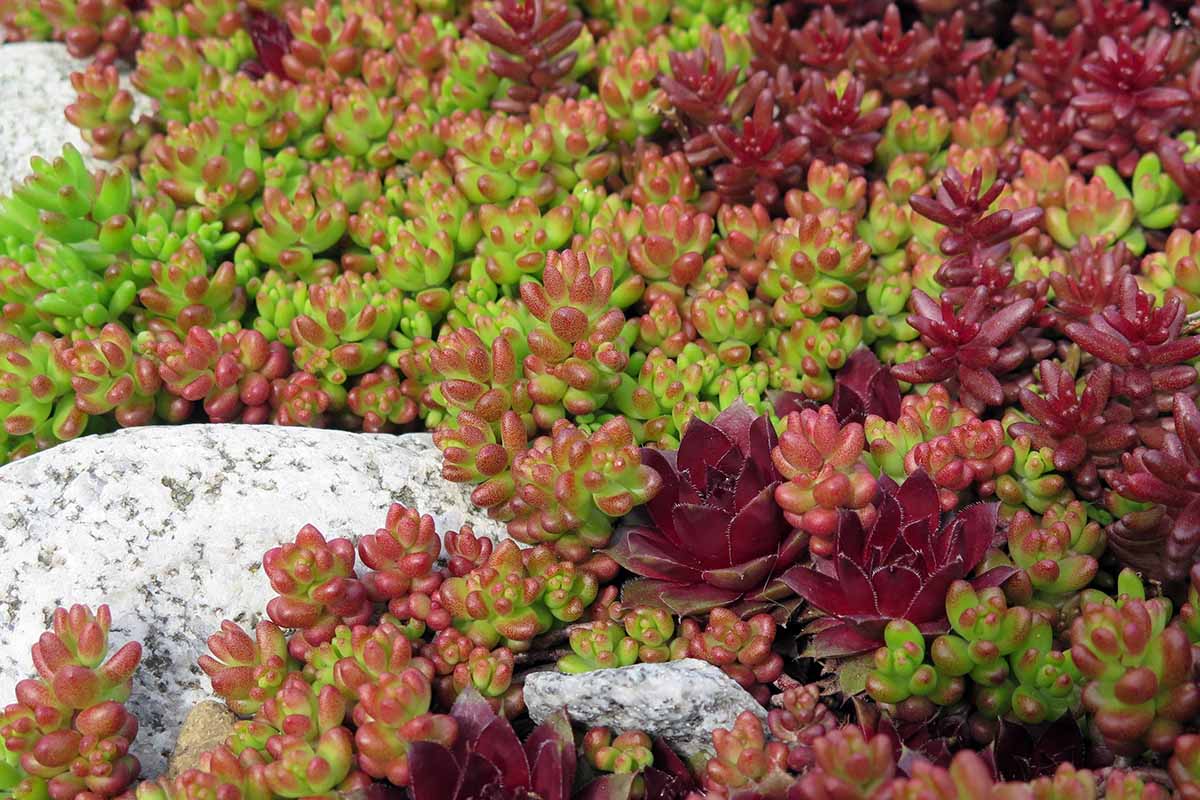

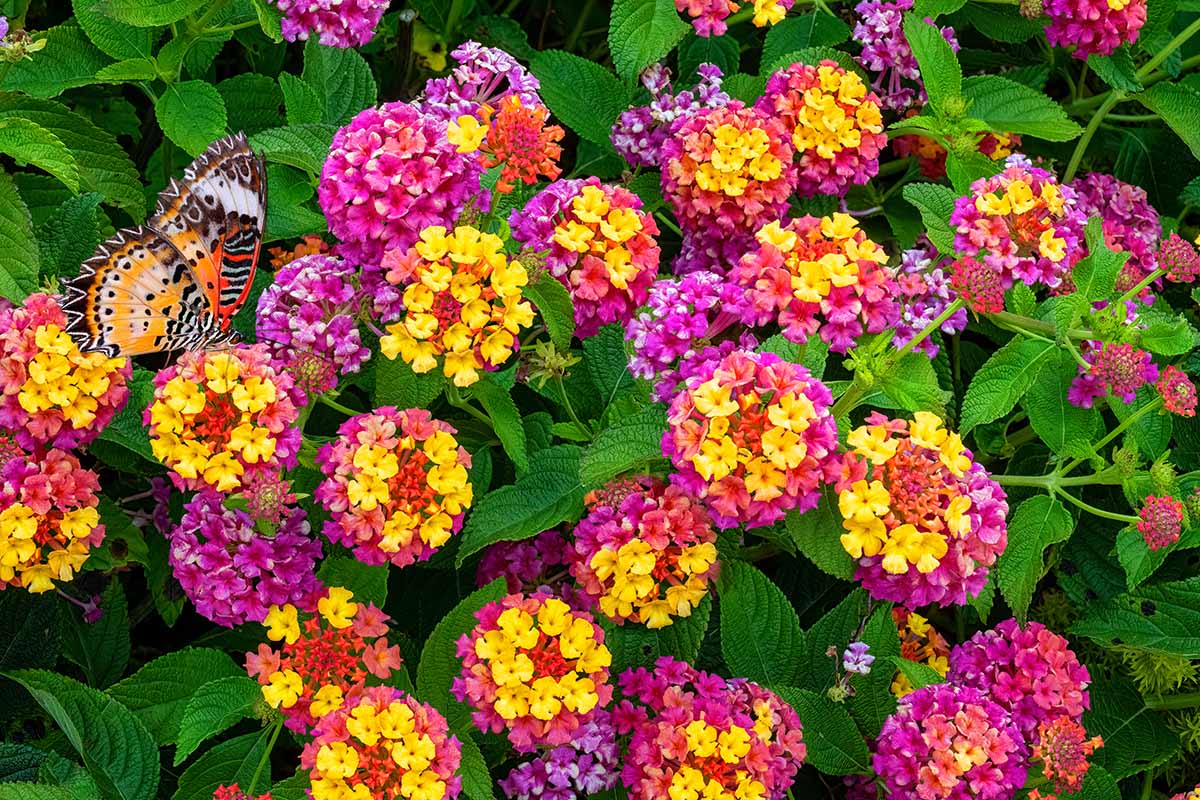
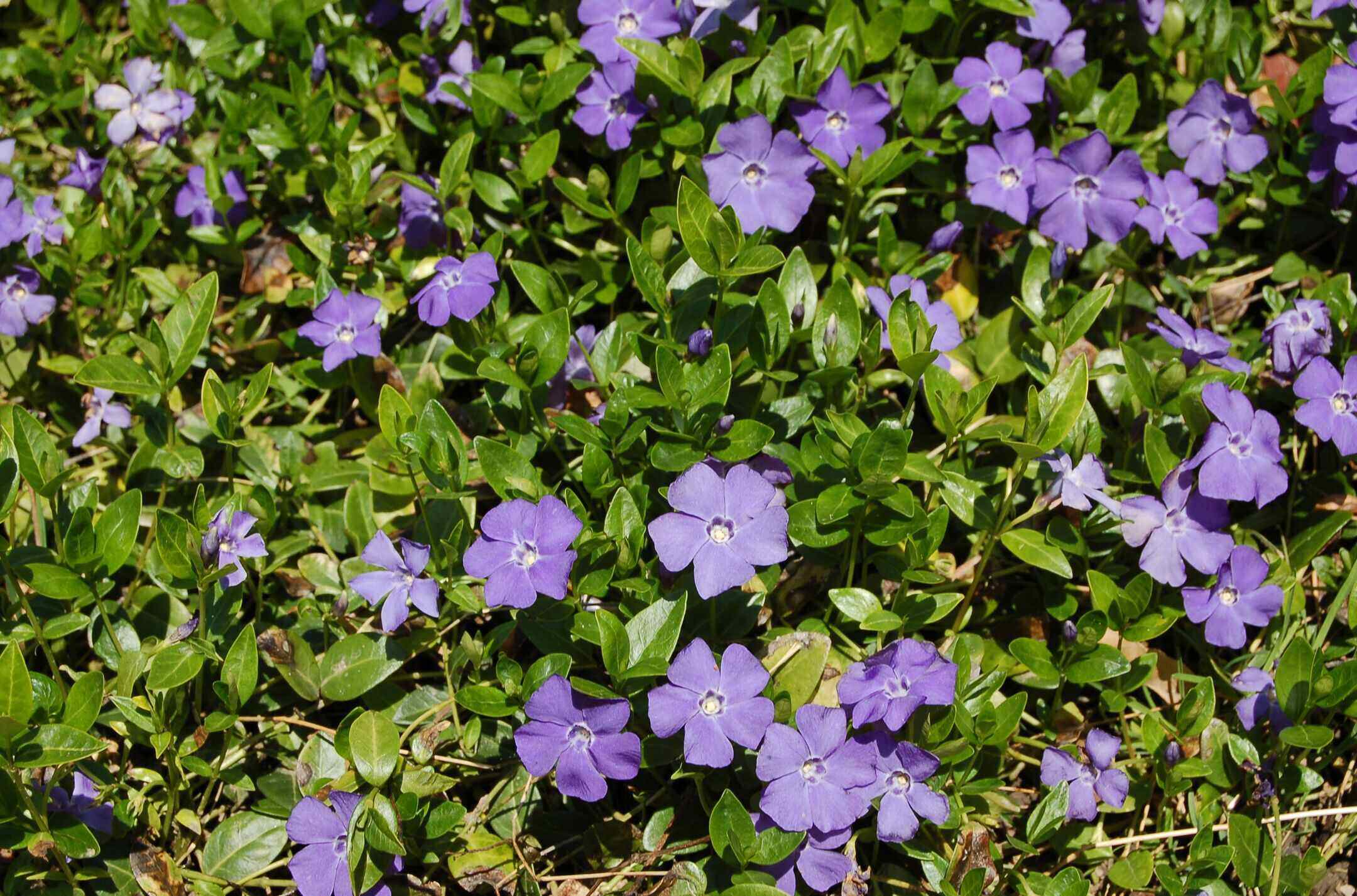

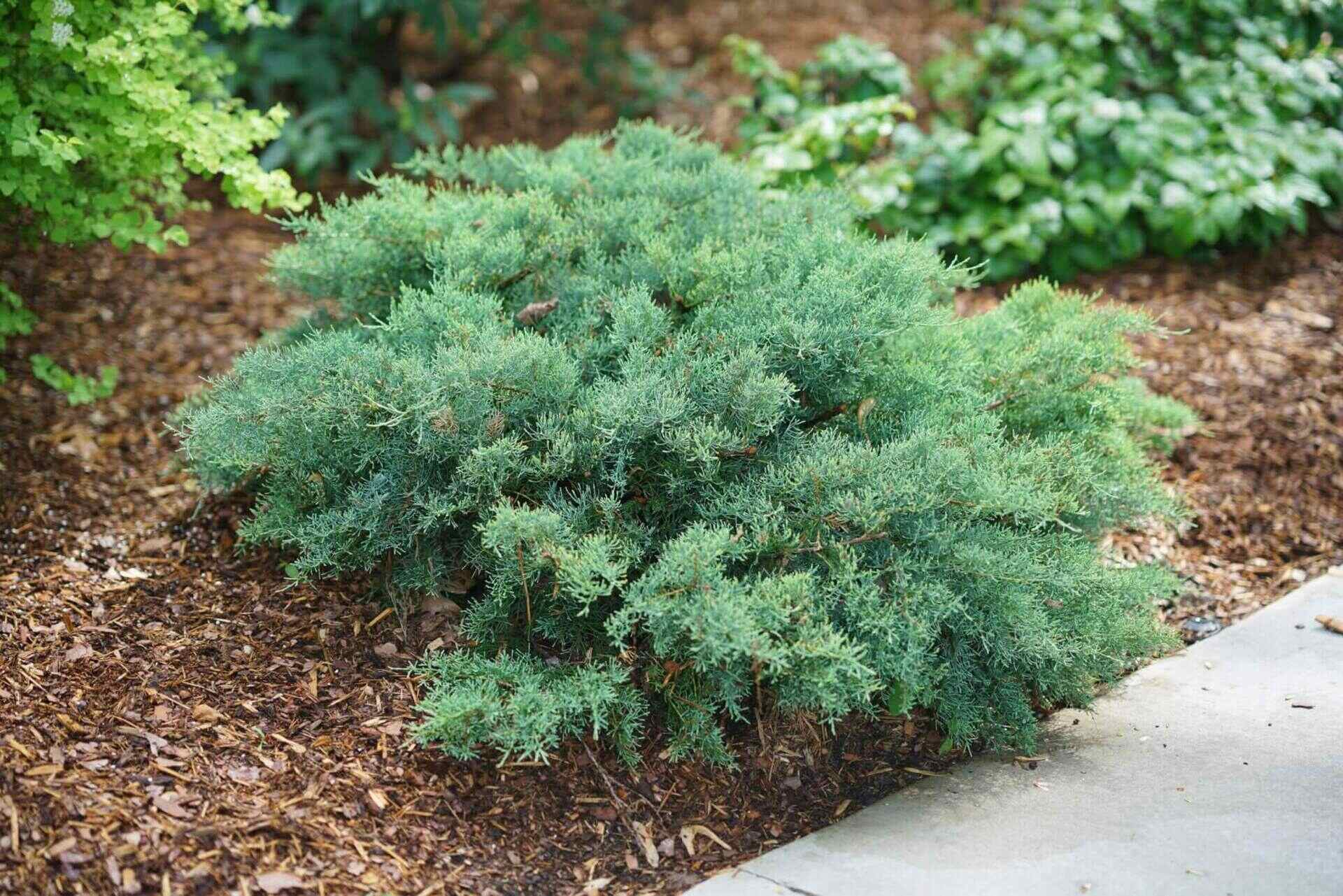
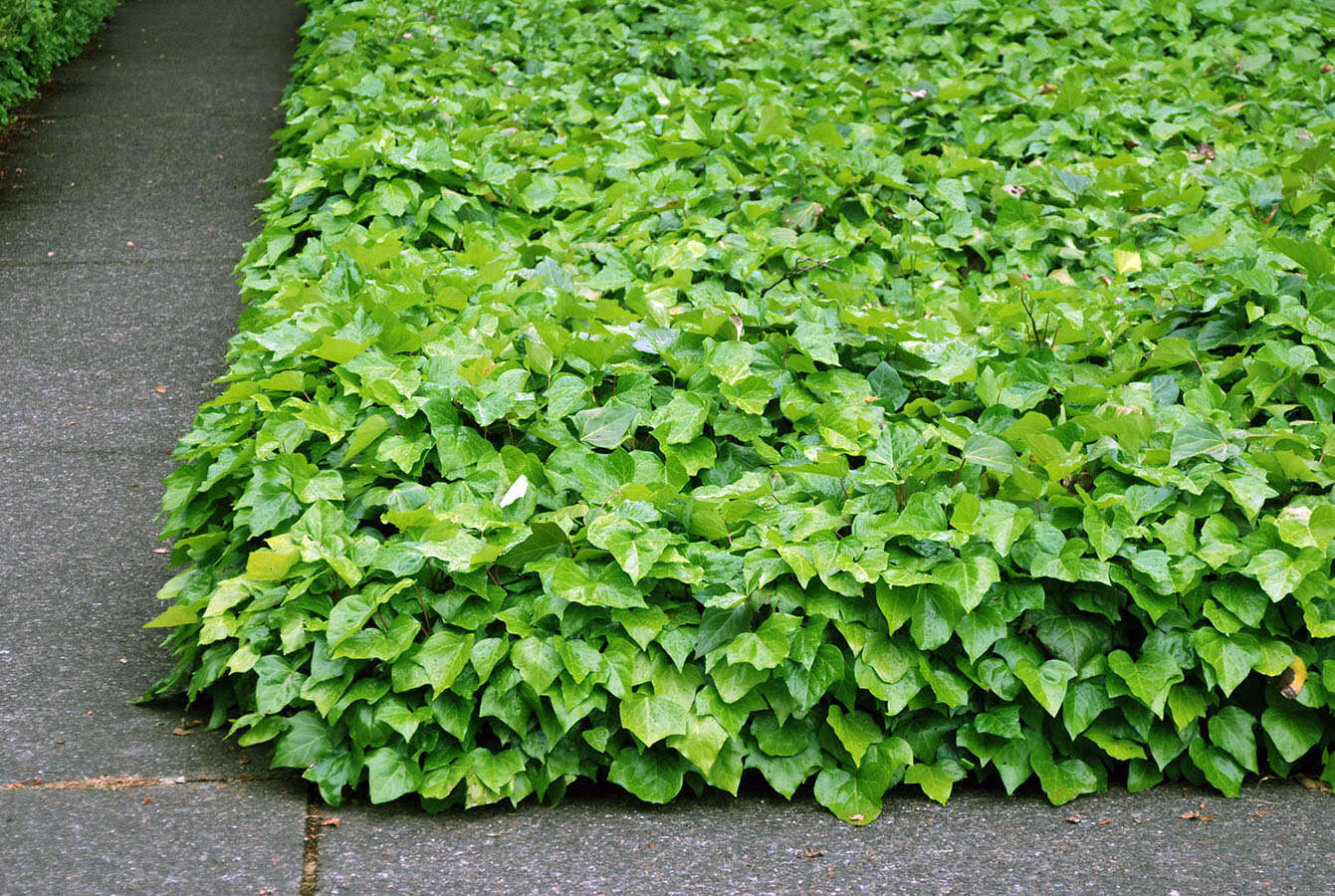
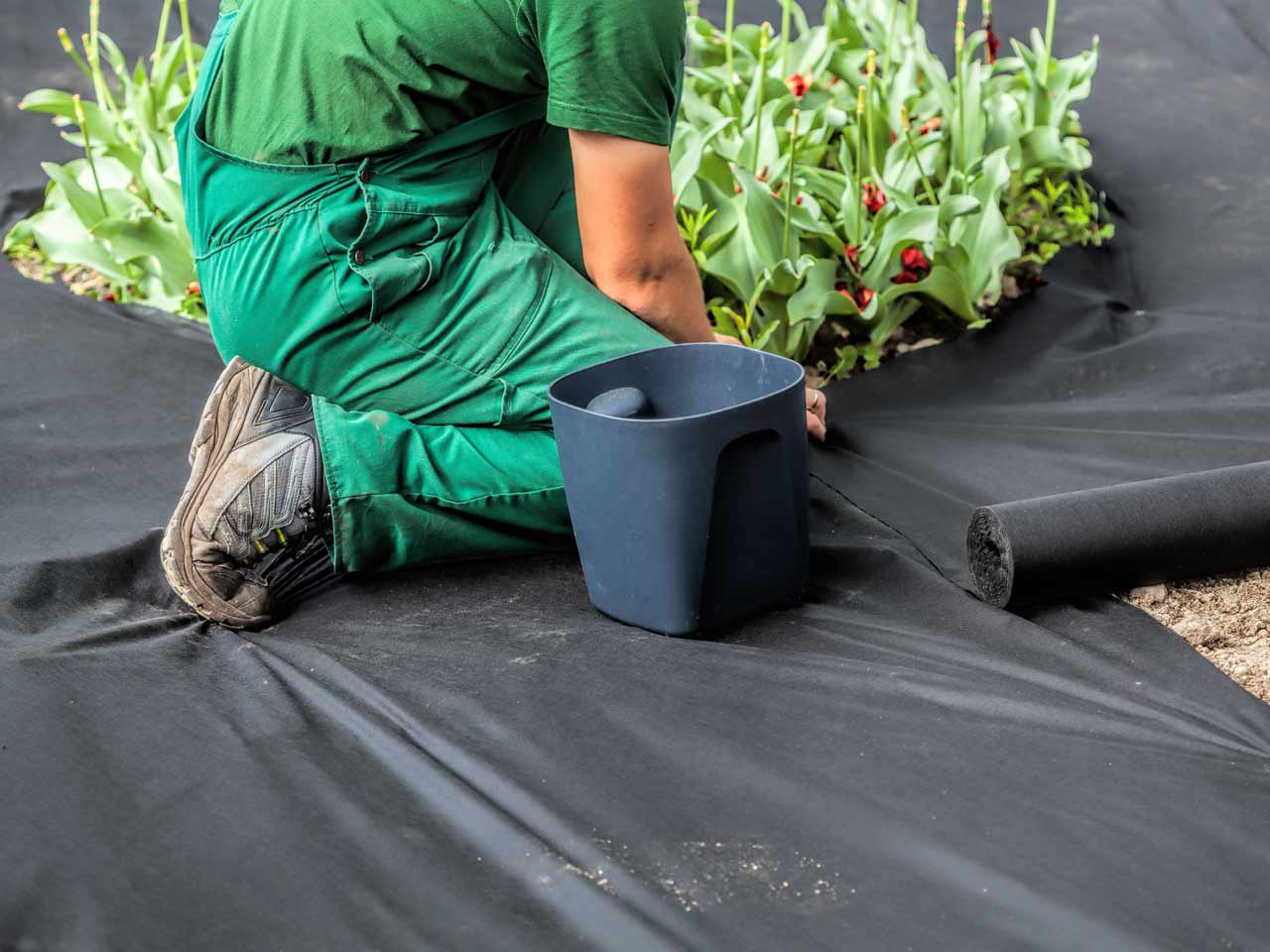
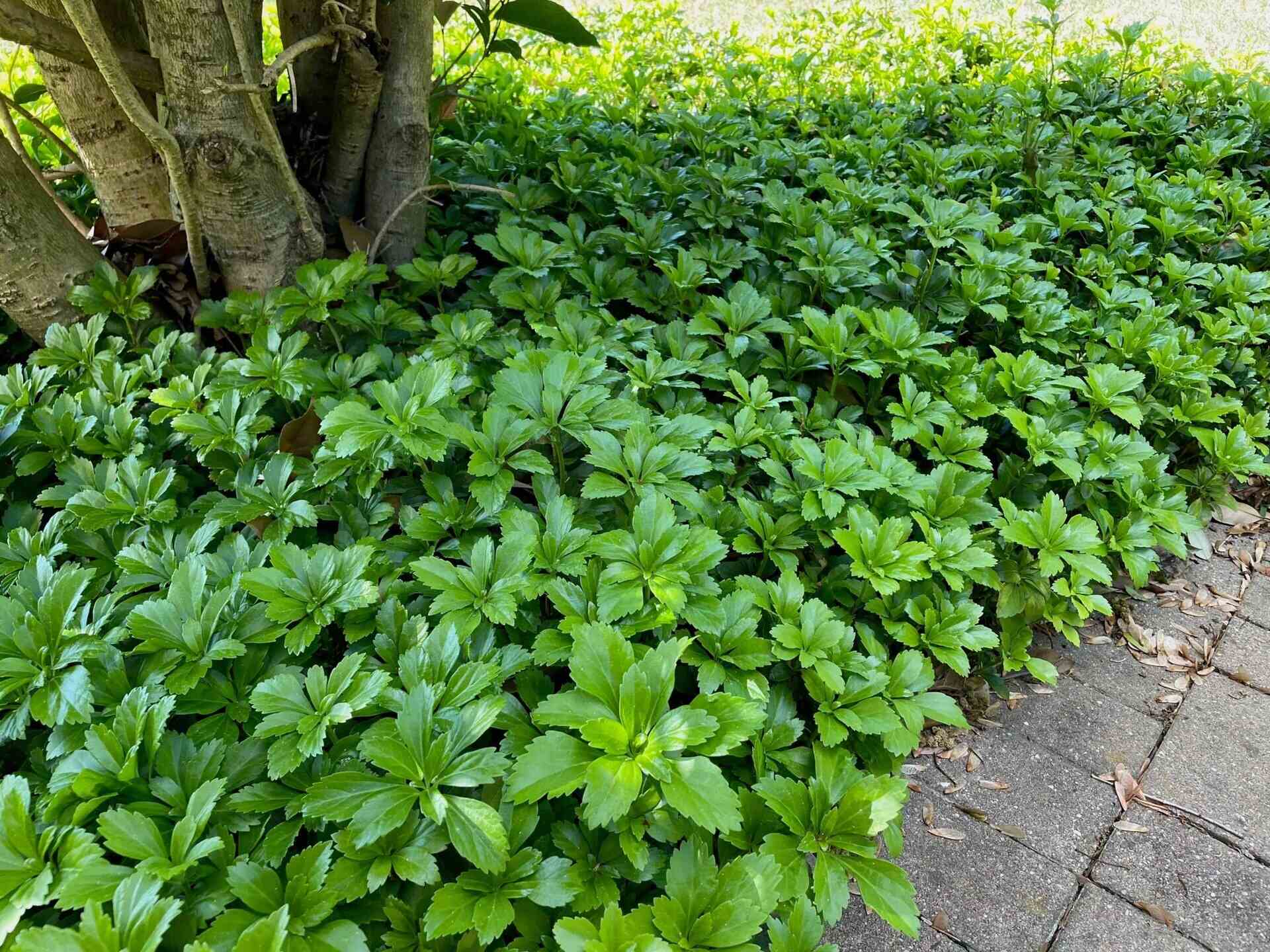
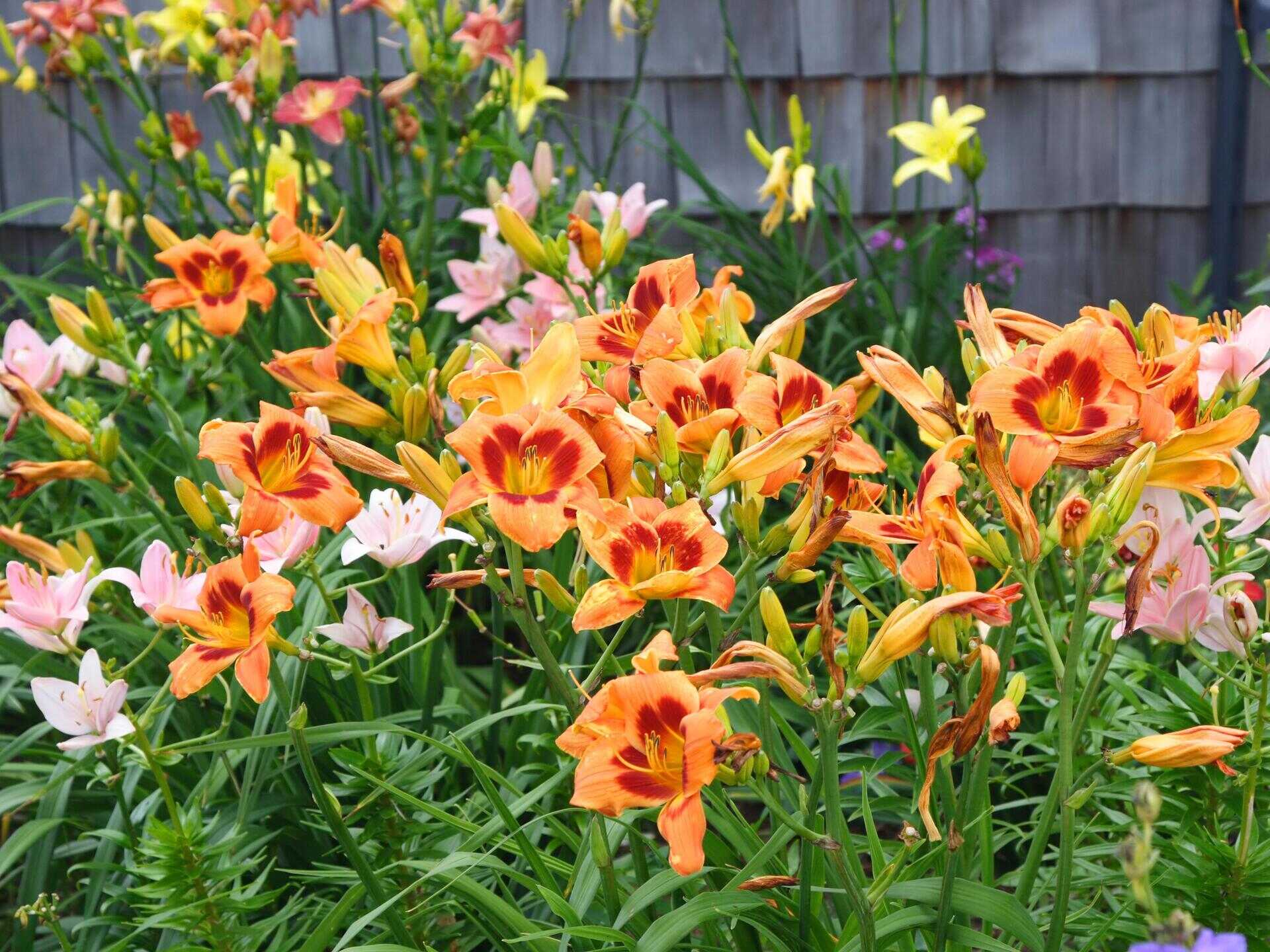
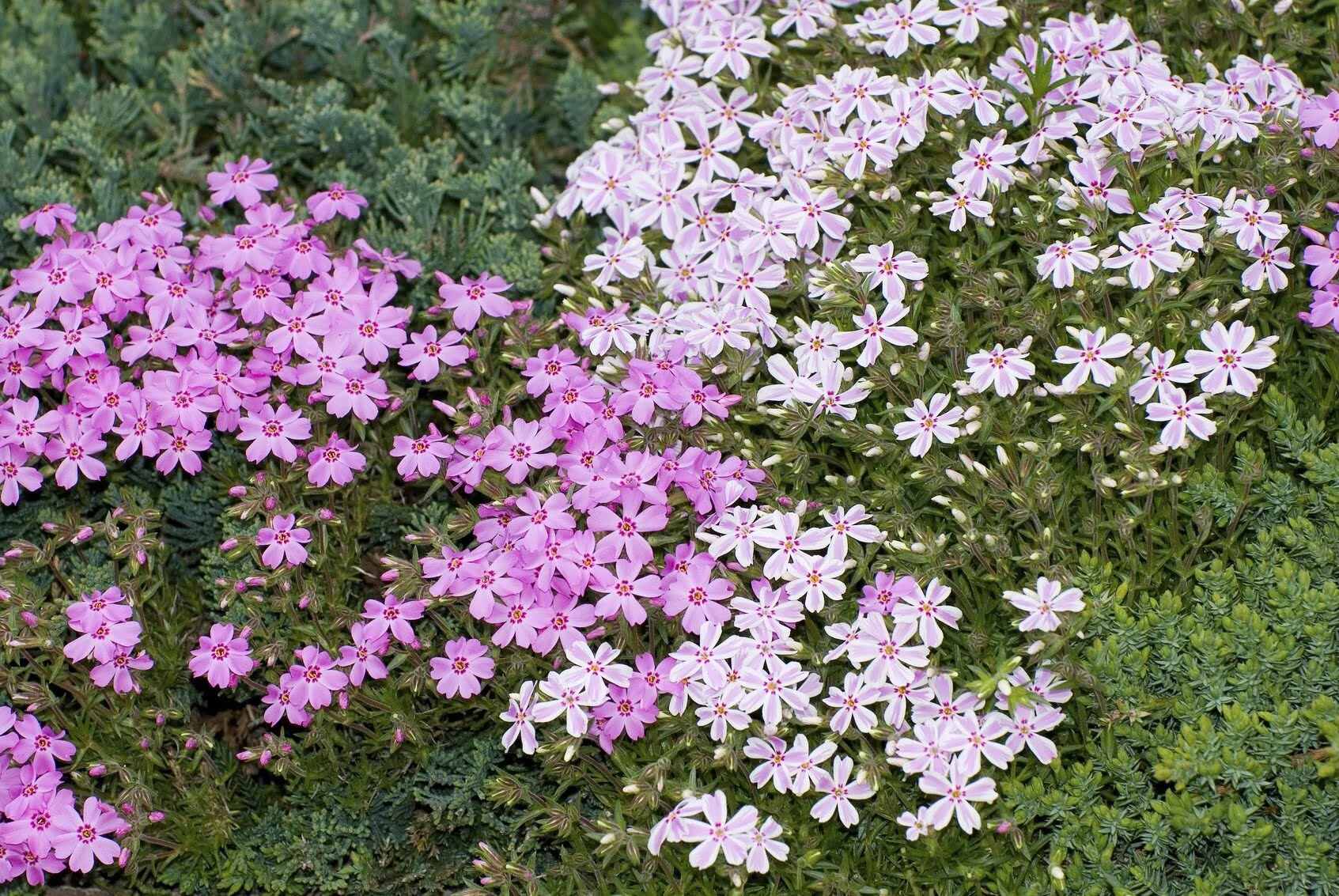
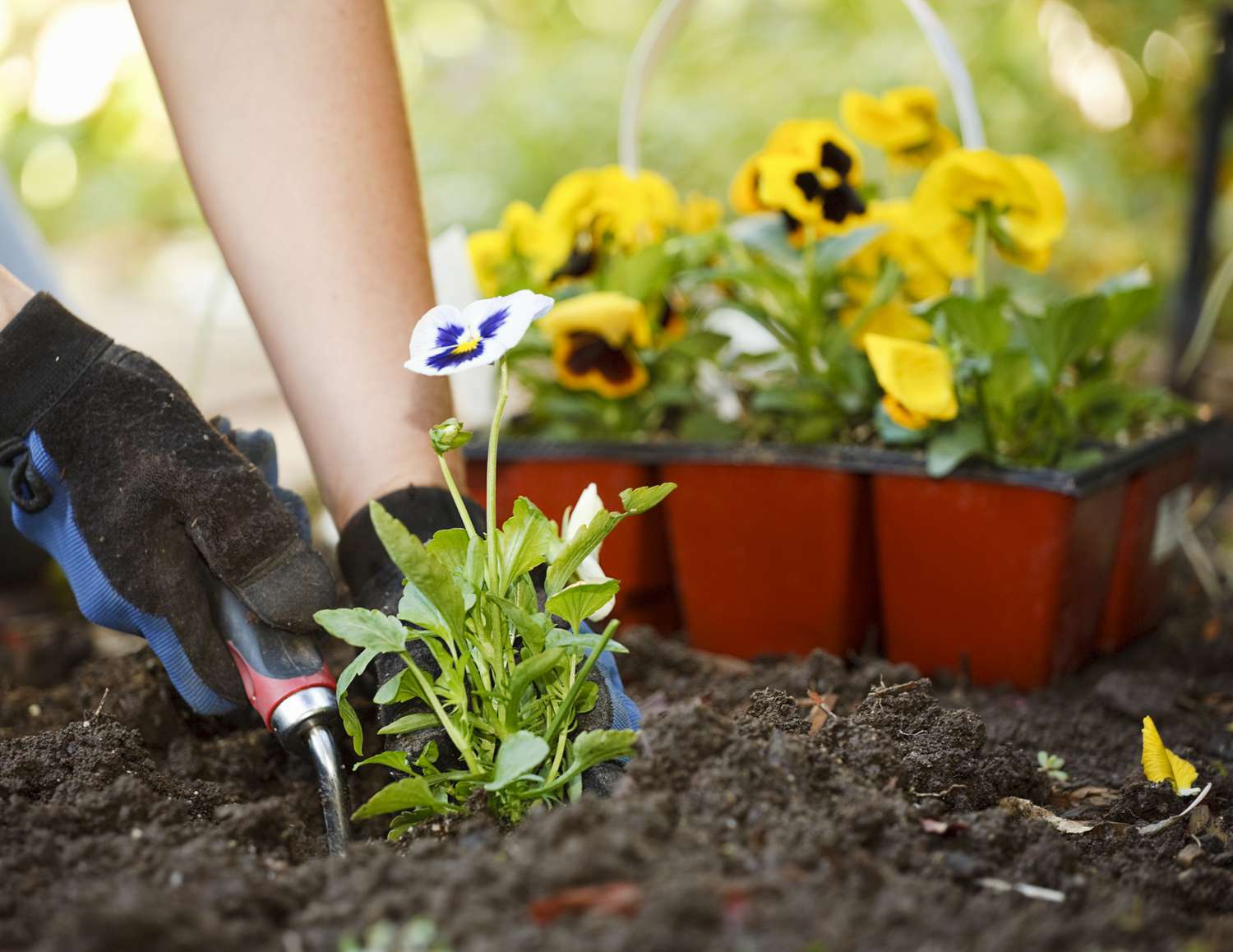

0 thoughts on “How To Plant Myrtle Ground Cover”